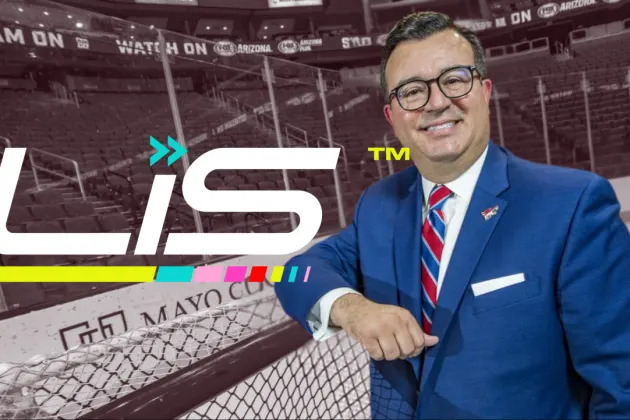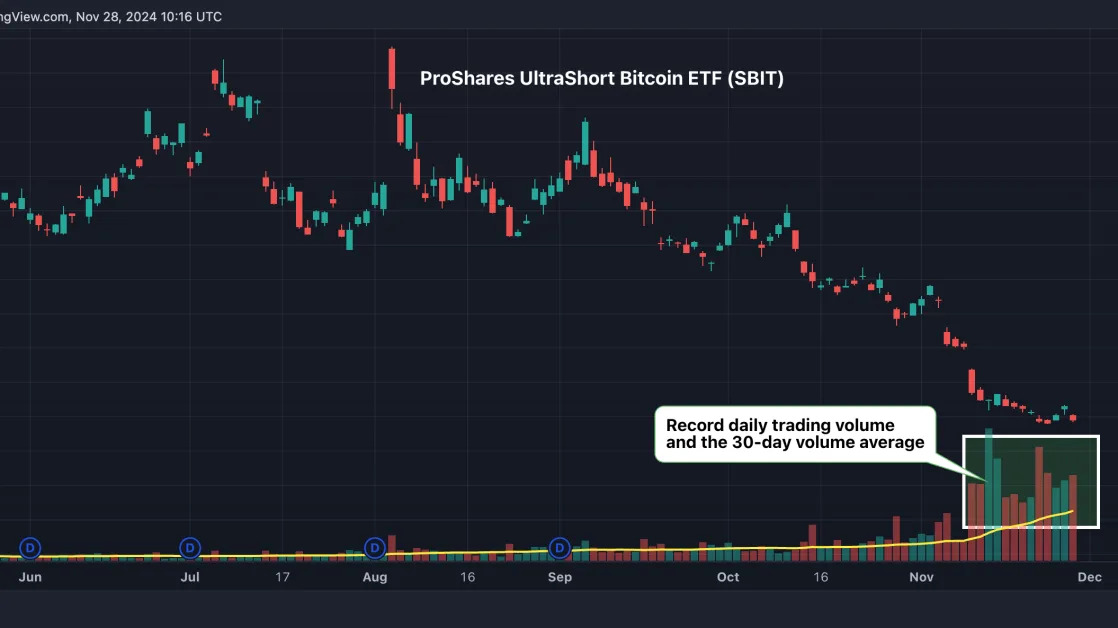
For generations, the Latino population in the United States has transformed the way sports in the United States have been played and consumed. Yet despite their contributions to the fields of play, seats in the executive suites—whether of the teams and leagues or their business partners—have historically been harder to come by.
Latinos in Sports (LiS), a group spearheaded by several experienced sports industry professionals of Latino descent—Xavier Gutierrez, Pedro Guerrero, Vianni Lubus and Mike Valdes-Fauli—commissioned a study from Nielsen to spotlight the commercial opportunities to engage with the community. The study examines Latino fandom among sports’ highest-profile leagues while also breaking down how people in the cohort watch and attend sports, connect with sponsors and more.
More from Sportico.com
The purpose of the study is to put data behind the dream, with information that gives brands stops on the roadmap to connect with the youngest ethnic collective in the United States. “This report clarifies that Latino passion and fandom have a direct commercial impact,” said Guerrero in an email. “Brands need look no further than the Latino marketplace to deliver ROI.”
Though Latino sports fans are most commonly associated with soccer, the report makes clear that their interests are expansive. In fact, they are more likely to be fans of each of the four major male team leagues, MLS and the WNBA than the general population.
“If you did an overlap of where there are professional sports teams in the U.S. and where is the growth of the Latino community, there’s a lot of overlap there,” said Gutierrez in a video interview. “When you think of what your audience looks like in Los Angeles, in Chicago, in Las Vegas, in Tampa, in Dallas, this community is already there. They’re already part of your fan base. The question becomes how do you continue to fully develop that fan base?
“We want to be part of that conversation, and we also want to help them identify individuals that can help them, you know, figure out those strategies.”
The study also looks at the bilingual aspect, as 68% of Latinos in the U.S. speak at least some Spanish. This has become more evident with how sports leagues have connected with the diaspora by not only having games on Spanish-language television but with digital campaigns in Spanish. Stacie de Armas, Nielsen’s senior vice president of inclusive intelligence & innovation, pointed out that MLS experienced a 15% year-over-year growth in fandom from English-dominant Latinos and that the NFL had a 9% rise in bilingual Latino fandom.
“Part of it is that the leagues and the teams have made this really significant effort to reach out because the fans are there,” she said in a video interview.
Perhaps the biggest standout in the report dives into how young Latino sports fans are compared to the entire U.S. population, with 72% of Latino fans being either Millennials or Gen Z, contrasted with 50% of the overall population. This makes sense, according to deArmas, because the median age of Latinos (30.0 in 2020) in the country is more than a decade younger than the general population (41.1) per the U.S. Census.
Among sports where the median age skews into the mid-to-late 50s, such as the NFL and MLB, two-thirds of Latino fans in both leagues (67%) are aged 16-39. Even in those with younger profiles like the NBA, WNBA and MLS, Latino fans under 40 make up at least 72% of the ethnic group’s fan base.
Brands that are engaged with the sports world have a wide range of opportunities to build loyalty among this younger group of consumers, especially because this group consumes sports on youth-skewing platforms.
“One is that Latinos are about a quarter more likely to consume sports on streaming platforms versus everybody else, said de Armas. “But what’s really fascinating is that 38% more likely to use TikTok for sports news and sports-related content.”
“If you’re a brand and you’re engaging with this subset in sports-adjacent content, you’re getting two to three times what you would even get with just Latinos in traditional social content because of this youth contingent that you don’t have replicated anywhere else in the American population.”
LiS and Nielsen declined to comment on which specific companies have capitalized well with the cohort, but de Armas said that several categories could perform well with the demographic. “Automotive makes good sense, financial services make good sense, beverage/alcohol always makes sense,” de Armas said. “Latinos are building their lives—more likely to be doing so than non-Hispanic whites—because they’re in younger sort-of acquisition years.”
For least two decades, industries have heard that the Latino population was going to explode in both population and economic power, and by and large, they have heeded the call with more concerted marketing efforts to attract their commerce. Yet in terms of decision-making, whether it’s the actual construction of a team or building sponsorship opportunities, the group believes that the sports industry still has some lengths to go.
Gutierrez was famously the first Latino CEO of an NHL team when he shepherded the now-defunct Arizona Coyotes franchise , and his desire to see more faces like his own is no surprise. For him, Latinos in Sports provides the data points to show team owners, league executives and their partners that continuing their diversity efforts also makes good business sense.
“We’re also trying to point out there’s still so much more opportunity yet to go,” said Gutierrez, “including the representation of that community in your front offices, in your league offices, in your C-suites of your media companies, in your brand, to continue to bring the ideas–not just of ‘should we do it?’ but ‘how should we do it?’”
Best of Sportico.com
Sign up for Sportico's Newsletter . For the latest news, follow us on Facebook , Twitter , and Instagram .






